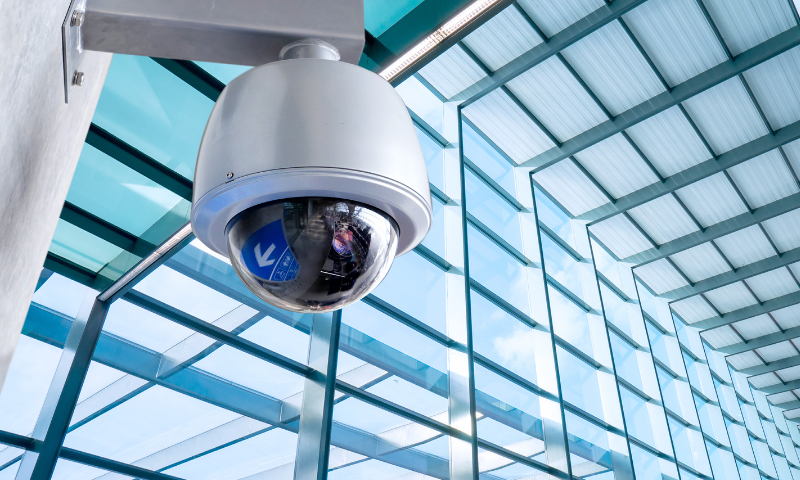
Benefits of physical penetration testing
Physical intrusions on business premises are becoming harder and harder to guard against, and the increasing ingenuity of security breaches is overwhelming organisations and leading to major security breaches. Understanding your vulnerabilities, through physical penetration testing, is the first step to remediating them.
Physical penetration testing is one of the most comprehensive ways to identify and eliminate potential threats to your business premises. It involves our security experts who will use techniques similar to real intruders to access off-limits areas and infrastructure, and determine how well your work site is protected, be it offices, warehouses or a public-facing business. This type of testing will uncover any weaknesses or gaps in your security measures and procedures, and your susceptibility to those with malicious intent.
Expose weaknesses and vulnerabilities in physical controls
Physical penetration testing will identify weaknesses in physical security controls. This includes but is not limited to:
- Locks: testing may include lock picking techniques, bypassing locks (using a shim to open a padlock or removing a door hinge), and advising of apparent vulnerabilities in a lock where it may be susceptible to a snapping or drill attack.
- Access control systems: testing may include badge cloning (including RFID scanning and NFC technology), tailgating (following an authorised employee), door propping and social engineering (e.g. impersonating an employee or repair personnel).
- Fences: testing may include climbing (may include the use of ladders and ropes, or even digging a hole under the fence).
- Doors: tests may involve using physical force, testing integrity and testing door breach detection systems.
- Surveillance cameras: testing may include camera blocking, camera manipulation, camera disabling, camera evasion and camera detection.
Understand vulnerabilities and the risk to your business
All businesses are unique and as such, so are their vulnerabilities. Physical penetration testing gives the organisation an overview of their unique security weakness so that they are able to put things into place to reduce the risks.
With physical penetration testing, organisations can assess the impact a security breach would have on the business and as a result, they can prioritise remediation actions. Besides remediation actions, the results of physical penetration testing can provide training opportunities for facilities teams to improve the site's physical security.
Our approach to physical penetration testing
At A&O IT Group, our approach to each and every physical penetration test is tailored to your organisation. Our solution aims to uncover real vulnerabilities in the physical aspects of a business as well as their supporting systems and infrastructure.
Our specialists carry out simulated attacks to mimic potential criminal activity to gain access to the site, including data centres, sensitive equipment and information. Some of the physical tests include artificial attempts to breach fences, doors, locks, security cameras, intrusion alarms and even personnel like receptionists and security guards.
Our ethical hackers use a range of techniques depending on your unique setup. This might involve social engineering, for example, to gain access to unauthorised areas.
The A&O IT Group team is constantly updating their knowledge of how real-world hackers and criminals attempt to access buildings and systems, Besides looking at how the buildings could be accessed, we will also look at what the potential consequences would be once access has been gained.
Here are a few of the methods we attempt:
- Check vulnerabilities of doors, including attempts to clone security badges, leverage master keys, or use tools to open doors that aren't properly installed. We will also look at doors and windows that are left open, unlocked or propped open.
- Look at how information could be accessed by observing and identifying computers that are logged in, access cards that aren't kept in a safe place and how confidential paperwork is disposed of.
- Use social engineering to convince company employees to hand over sensitive data or gain access to the building or sensitive areas.
- Attempt to use network jacks to connect unauthorised devices to the network.
- Carry out physical barrier checks on gates and fencing.
- Check waste to see what sort of data is being thrown away without shredding.
- Attempt to gain access to executive officers, server rooms and other sensitive areas.




